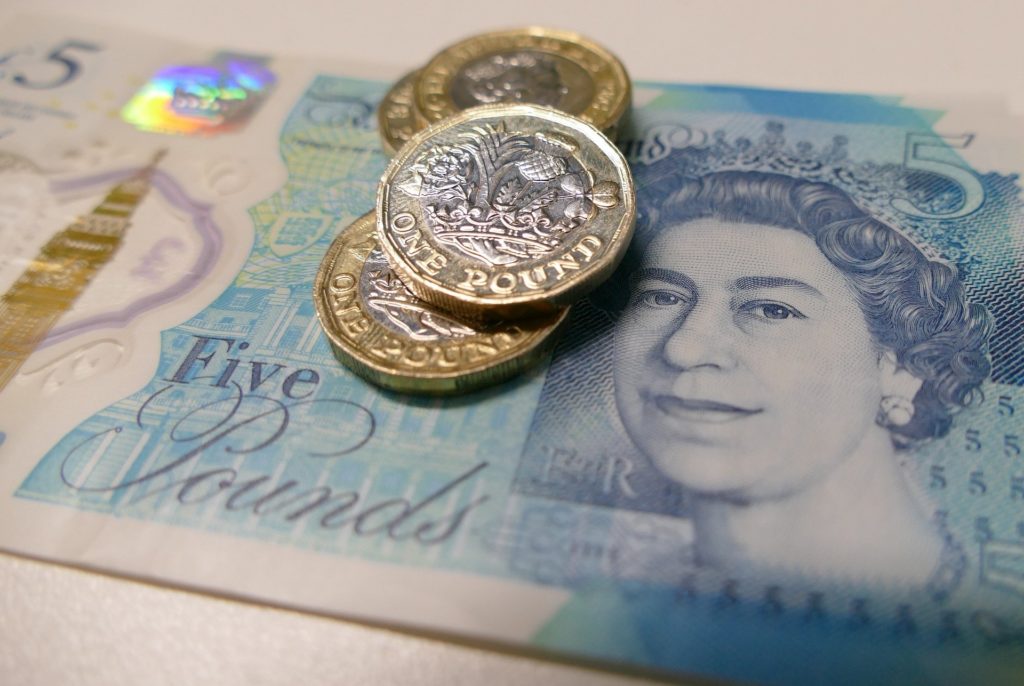

As a director of a limited company, you have some flexibility as to how you withdraw money from the company. This could be as wages, dividends, pension or a combination of all three. Getting the right balance is key to taking your money in the most tax efficient way possible.
In reality, most directors take out the same amount each month as ‘drawings’. How this is split between salary and dividend depends on a number of factors.
Salary
Paying yourself a large salary through the payroll gives you a regular income from the business and allows you to budget for your personal monthly outgoings.
Although your salary can be set off against the company profits to save Corporation Tax, unfortunately, it will also attract tax and national insurance so it isn’t a very tax efficient way to pay yourself.
One way to get around the tax and national insurance charge is to pay yourself a smaller amount in line with the NI threshold and tax-free allowance thus allowing you to still save some Corporation Tax, but reducing the tax and National Insurance charge.
Taking a low basic salary with the balance of income being paid as dividends has been a common approach for directors and business owners of limited companies. It gives good tax efficiency, both for the business and the individual director, and is based on the following common practice:
- The director takes a low salary, no higher than the personal allowance. This means that it does not attract personal tax.
- The salary is set high enough for national insurance purposes i.e. that it counts as a years ‘stamp’ for national insurance history. This helps to protect future entitlement to state pension and benefits.
- The salary is a tax-deductible expense for the business. This means that corporation tax is saved at 20% on the gross salary.
- Further income is paid as dividends, which do not attract national insurance and, therefore, mean the director is not paying any more NIC contributions than they need to.
Dividends
Dividends are paid to shareholders from post-tax profits and as such, you cannot pay a dividend if the company has made a loss and does not have distributable reserves. Salary payments, on the other hand, can still be paid out if there is no profit and can even create a loss. This can make dividend planning a bit tricky with start-up companies or when your company has made a loss.
More stringent tax rules on dividends means that you currently only get the first £2,000 of dividends tax-free. You will have to pay either 7.5% or 32.5% tax on dividends over this amount, depending on whether you are a basic or higher rate taxpayer. Assuming you are a basic rate taxpayer, you will end up paying 19% Corporation Tax plus 7.5% Income Tax on your dividend income which is still a lot cheaper than PAYE and NIC.
Also if your business is carrying out Research and Development activities, then you may be better off paying salary rather than dividends as only salaries are considered in an R&D claim.
Pension
Contributing to a Pension Plan is a very tax efficient way of extracting money from the company as you can set this off against Corporation Tax and get income tax relief on your contribution into your pension fund. One of the downsides to this is that the money is tied up until you reach at least 55 years of age.
The company will normally obtain a tax deduction against its profits for pension contributions that it makes. The contributions must be paid before the end of the accounting period in order to obtain a tax deduction in that period. Employer pension contributions are tax and NIC free to the director-shareholder as long as the ‘Annual Allowance’ of the director-shareholder is not exceeded. Currently, the Annual Allowance is £40,000 per tax year.
Loans from the business
You may want to borrow money from the company in the short term, in the form of a loan. It’s a fast way to get access to money, but you will have to record details of the money loaned, the payments repaid – and also pay tax on this loan.
You’ll need to set up a director’s loan account, which accounts for the money you’ve taken out and the money you’ve paid back to the business.
Depending on the circumstances of the loan, and whether you’re paying interest on the amount owed, you may also need to pay income tax (at 20%) on these repayments and fill out form CT61 with HMRC.
Tax-Free Expenses
What can a director pay himself by way of tax-free expenses? Examples include but are not limited to:
- Mileage (but not commuting) for any business-related travel in own car
- Use of home as office, if the director works from home
- Any ‘own pocket’ expenses incurred on behalf of the business
- Pension contribution
- Childcare vouchers – eligible in certain circumstances
As everyone’s circumstances are different, the best way to extract money from your business can get a bit tricky. With the right guidance, planning and forward-thinking, you can very easily set up an effective, tax-efficient way of taking money from your limited company.
